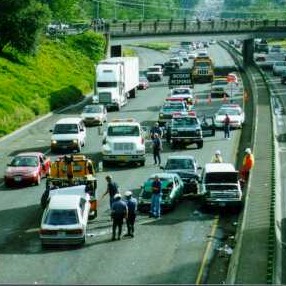Ivan Pavlov:
1) He wanted to make a dog salivate without food, by conditioning the dog.
2) He gave the dog at first food, then he gave the dog food and rang a bell, when he conditioned the dog with this for a few weeks, he could make the dog salivate onl with ringing the bell, and not giving the dog food.
3) The conditioned stimulus was the bell or the light turned on, the unconditioned stimulus was the food, and the conditioned response was the dog salivating.
4) Extinction is a gradual weakening and eventual disappearance of the conditioned response tendency, this extinction occurs by many presentation of conditioned stimulus without the unconditioned stimulus.
5) It is a response to a specific stimulus becomes associated to other stimuli (similar stimuli) and now occurs to those similar stimuli.
6) Is learning to respond to one stimulus and not another.
7) A) He had to re-route the salivary glands.
B) And the results with humans could be different than the ones with dogs.
8) That we learn through association.
John B. Watson:
1) Watson chose Albert from a hospital, Little Albert was the name of the experiment, he was 9 months. At first Watson gave Little Albert, monkeys, white rat, a dog and a rabbit, even a furry mask, at first Little Albert showed no fear, then Watson gave Little Albert a small rat, he played with the rat, and didn’t show fear, but then everytime Little Albert had the rat, Watson rung a loud and annoying noise that made Little Albert cry, and doing that for a couple of months, every time little Albert had the rat he would cry.
2) The CS was the white rat, the US was the loud noise and the CR was Little Albert crying.
3) The limitations were that the experiment was unethical that it couldn’t be done again.
4) The Law of frequency says that the most times the events are linked the most strong the response will be.
5) The law of recency says that the response that has most recently occurred is the reponse most likely to be associated with that stimulus.
6) He thought that he could turn someone into whatever he wished to if he could controlled the behavior. He also believed it was all psychological.
-Rodrigo Estevez



